AI Automation in Marketing for Modern Businesses

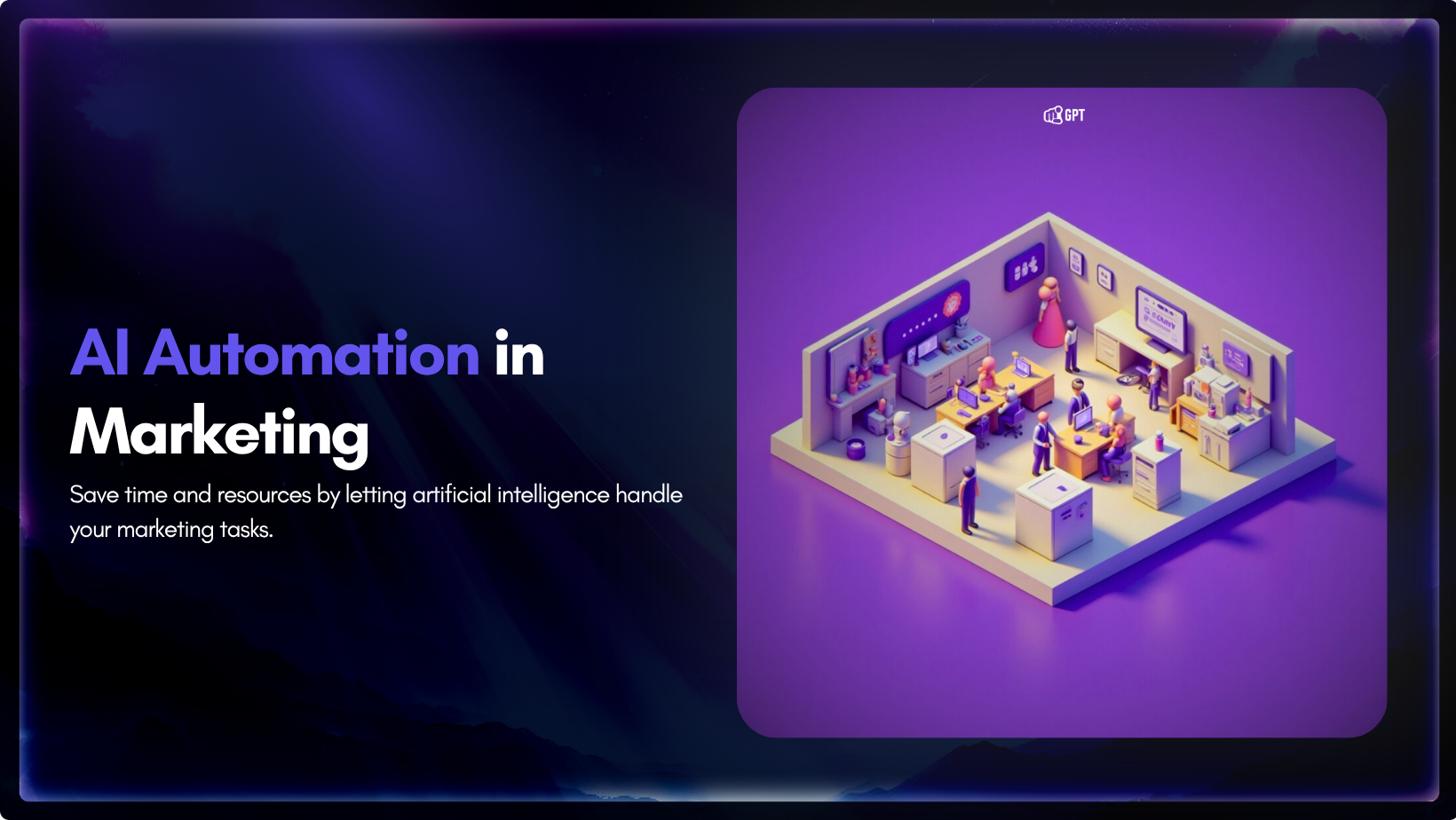
Marketing teams spend less time on manual tasks today than they did three years ago. The reason is simple: AI automation handles repetitive work while teams focus on strategy and creativity.
The marketing tasks that used to take hours can now be done in only a few minutes using AI agents. This opens up an opportunity for new businesses to compete with their competitors. They can do more quality work in less time. It also helps large organizations to effectively manage their marketing campaigns without compromising quality.
This article will completely guide you on how AI automation works in marketing. We’ll go through its benefits and discuss key areas where modern businesses can implement it.
AI automation in marketing is the use of artificial intelligence for handling marketing tasks. These tasks include sending emails, analyzing customer data, or generating content etc. Marketing tasks that would otherwise need human effort and time are performed by AI automatically. AI automation also has the capability of executing these tasks more accurately than doing them manually.
The main goal of using this technology is to save human effort and increase efficiency.
The main goal is to save human effort and increase efficiency. You can build flows in AI Studio. You can connect tools and data with Model Context Protocol guide.
For example, you visit an online clothing store and you add some of your favorite items to the cart. But, due to any distraction or change of mind, you couldn’t place the order. The next time you visit the store, you suddenly receive discount codes on the items you left in the cart. This discount might again make you interested in buying those items, and you might end up placing the order.
Now, you might wonder, how does it happen? It’s actually done by an Automatic AI system that the store has set up. This system worked without any human effort and did its job smoothly.
Recent surveys show that AI is becoming more practical in marketing work. In a SurveyMonkey study on 707 US marketers, 51% of them use AI for email campaigns and optimizing content for SEO. Whereas 43% of these marketers are using AI to automate their marketing tasks.
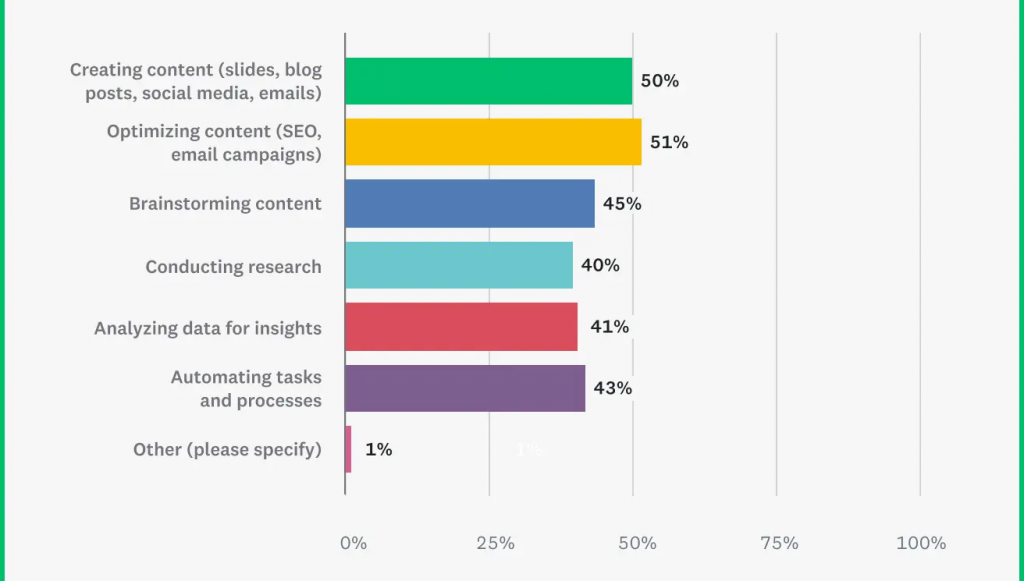
Image source: Survey Monkey (Study on US Marketers)
Use of AI automation in marketing organizations also continues to grow. According to Martech.org, 32% of marketing organizations have completely implemented AI, and 43% are experimenting with it.
These numbers clearly show that AI automation has already become a significant part of the marketing industry.
AI-powered automation can offer many benefits to modern businesses. These benefits are as follows.
Businesses using platforms such as YourGPT can connect chat, email, sales and support channels into one system — improving response time while tracking performance through its built-in AI ROI calculator.
Automated AI is not limited. It can cover several areas of marketing to help businesses in different ways. Let’s discuss those key areas one by one.
AI chatbots are becoming popular for customer service needs. They offer instant responses to the customers’ queries, which otherwise may take too long. With the help of AI chatbots, people get quick solutions to their problems at any time. This satisfies the customers and also reduces the workload on human support agents.
Example:
Ride service platforms like Uber and Lyft are a very good example. Consider you just finished an Uber ride. When paying the bill, you see that they charged you too much. So, instead of emailing and waiting forever for a reply, you just tell their in-app AI chatbot what’s up. It’ll check your ride info against the usual prices and provide you with a solution right away. It will either correct the bill or spot the cause of the overcharge.
So, these AI chatbots aren’t just about answering basic questions, they can assist with the issue in real time. So, when a platform has this kind of support, people tend to trust it more and might even pick it over other options.
It can keep the customers coming back. People might even start recommending the business to others as it solves their problems effectively. It ultimately helps the business in marketing terms. This may help modern businesses take the edge over their competitors.
AI agents are now widely used to automate social media interactions. One of the most effective examples is using AI to manage and respond to Instagram DMs. Businesses set up AI agents that reply instantly to customer messages, provide product details, send order links, or route complex queries to human agents.
For example an online fashion store that receives hundreds of messages on Instagram every day. Instead of replying manually, they use an instagram AI agent trained on their product catalog. When a customer sends a DM asking about “summer dresses under $200,” the AI instantly shares product suggestions, links, and size options. If the customer shows intent to buy, it sends a payment link or connects them to a human agent for final checkout.
This automation helps brands maintain consistent engagement, reduce response time, and capture more leads directly from social media. It also saves marketing teams valuable time that can be used for campaign planning and creative work.
Email marketing is a very important area for businesses to target their customers. AI makes it much more effective by sending personalised emails rather than a general email to all. By analyzing personal behaviors, AI crafts emails that are more likely to be opened and acted upon.
For example, the emails from Spotify are an example of email marketing automated by AI. It helps Spotify track what you listen to. This helps them find out your taste in music and the artists you might be interested in.
If you are a fan of Coldplay, and you listen to their songs on Spotify most often. The platform might automatically send you an email about Coldplay’s newly released playlist or their upcoming tour. You’ll feel that the email was specifically crafted for you, as it matches your interests.
This way, you are more likely to return to the platform to listen to your favourite artist. This is more probable than returning because of a general email.
Today, AI automation is more about being personalised. Customers want messages that feel like they are totally talking to them. AI smartly studies customer behavior. Then it sends the right message to the right person. This is shown in the above example. This effectively connects people with businesses.
It proves that Mailchimp can outperform generic campaigns. It can also save the marketing team’s hours of work.
You can connect email easily with YourGPT email integration setup. You can build flows using Zapier integration guide. You can extend follow ups across channels through Multi channel chatbot.
Content is at the heart of marketing campaigns. But making it ready to use for marketing platforms is also very important. Most of the marketing platforms, like Google and Meta, have specific limits on word and character count. It means that the marketing teams constantly need to keep their content within the specified word limit. Doing it manually seems like a tough job.
The same applies to market research. Marketing teams often need to go through long articles, studies, and reports to find important insights. Performing market research without any digital assistance takes a lot of time and effort.
That’s when AI-powered automation comes into action. It helps by condensing long articles, reports, transcripts, or feedback to provide key points. This not only saves time but also helps marketing teams make quicker and more informed decisions.
Example:
For example, a marketing team is creating posts for social media. Each platform has its own word or character limit. They have a long article about a new product launch, but it’s too big to post as it is.
So, the team uses AI Summarizer to make shorter versions for each platform. It saves them hours of manual work and makes sure every post fits perfectly. Now, they can spend more time on ideas and creativity instead of trimming text for every channel.
The predictive analytics by automated AI improves customer targeting by converting customer data into actionable insights. It examines purchasing history and browsing behavior. It also looks into online activity to help businesses or platforms. This way, they can quickly learn and tailor their marketing according to customer interests.
Example:
To target ads to the right audience, Meta platforms use machine learning, which is a subset of automated AI. Let’s take my example. I’m a huge soccer fan. I have followed a lot of soccer pages that include my favorite teams and players. I often watch soccer videos and search for match highlights. Sometimes, I even purchase soccer cleats and jerseys from online stores.
I noticed something right from the start. Meta platforms began recommending soccer pages to me. They thought I might like these. My feeds are still filled with ads for soccer accessories. I don’t mind this at all. In fact, I love to see brand new soccer shoes and jerseys in my feed. I prefer this over putting the effort to search for them. And most often, I end up purchasing them as I can’t resist, I love soccer.
That’s exactly how automated AI makes marketing highly effective. Businesses can directly focus on interested people instead of wasting money on broad campaigns that reach the wrong audience. It leads to increased chances of conversions or sales, which is the ultimate goal of marketing.
Beyond helping with ads, AI automated predictive analytics provide useful insights for modern businesses, like:
Figuring this stuff out can really give businesses a solid marketing plan. They can tweak their strategy to hit the mark by identifying products that sell like crazy. They should decide which locations to aim for. They can also assess which customers be at risk of leaving.
Many companies rush to automate their workflows, hoping to save time and cut costs. But without the right foundation, automation can do the opposite — it can multiply errors, frustrate customers, and waste resources.
Before you set up any system, make sure you’re not falling into these common traps:
Getting automation right isn’t about speed — it’s about building a solid process that actually works. Fix, test, and refine before you automate.
Pick one process that consumes significant time and follows predictable patterns. Email follow-ups work well as a starting point. So does social media post scheduling or customer support for common questions.
Implement that one automation. Measure whether it performs as well as manual work. If it does, expand to similar processes. If it doesn’t, figure out why before adding more automation.
Track time saved and business outcomes. Time saved matters, but focus more on conversion rates, customer satisfaction, and revenue per customer.
The businesses that benefit most from AI automation start small, measure carefully, and expand based on what works. The businesses that fail try to automate everything at once without testing.
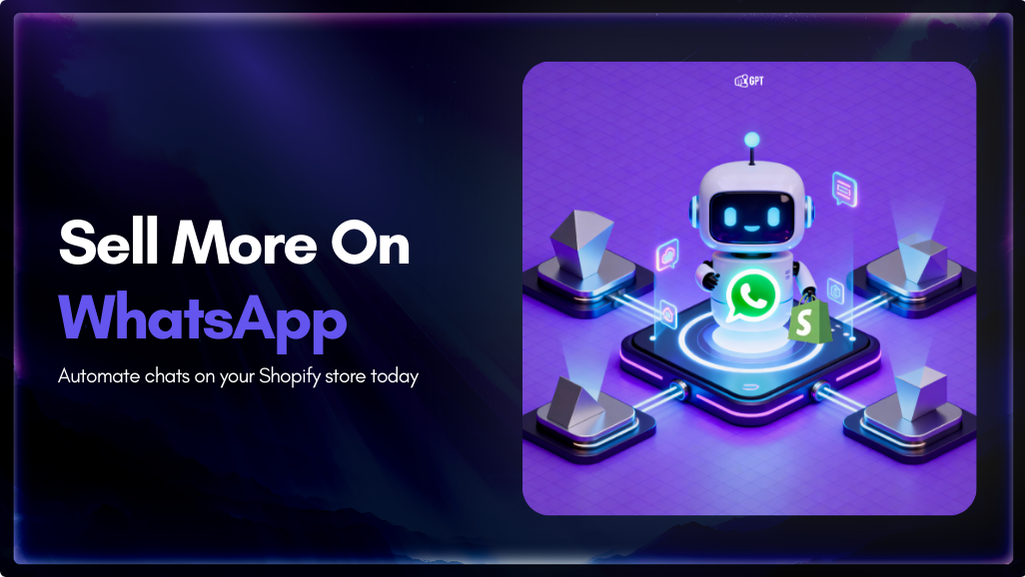
Shopify stores often use a chatbot on their website to handle product questions, order updates, and support. But customers also message on WhatsApp expecting the same quick answers. Most of them already use WhatsApp throughout the day, so reaching out there feels natural. A chatbot that works across both channels responds in seconds, guides purchase […]

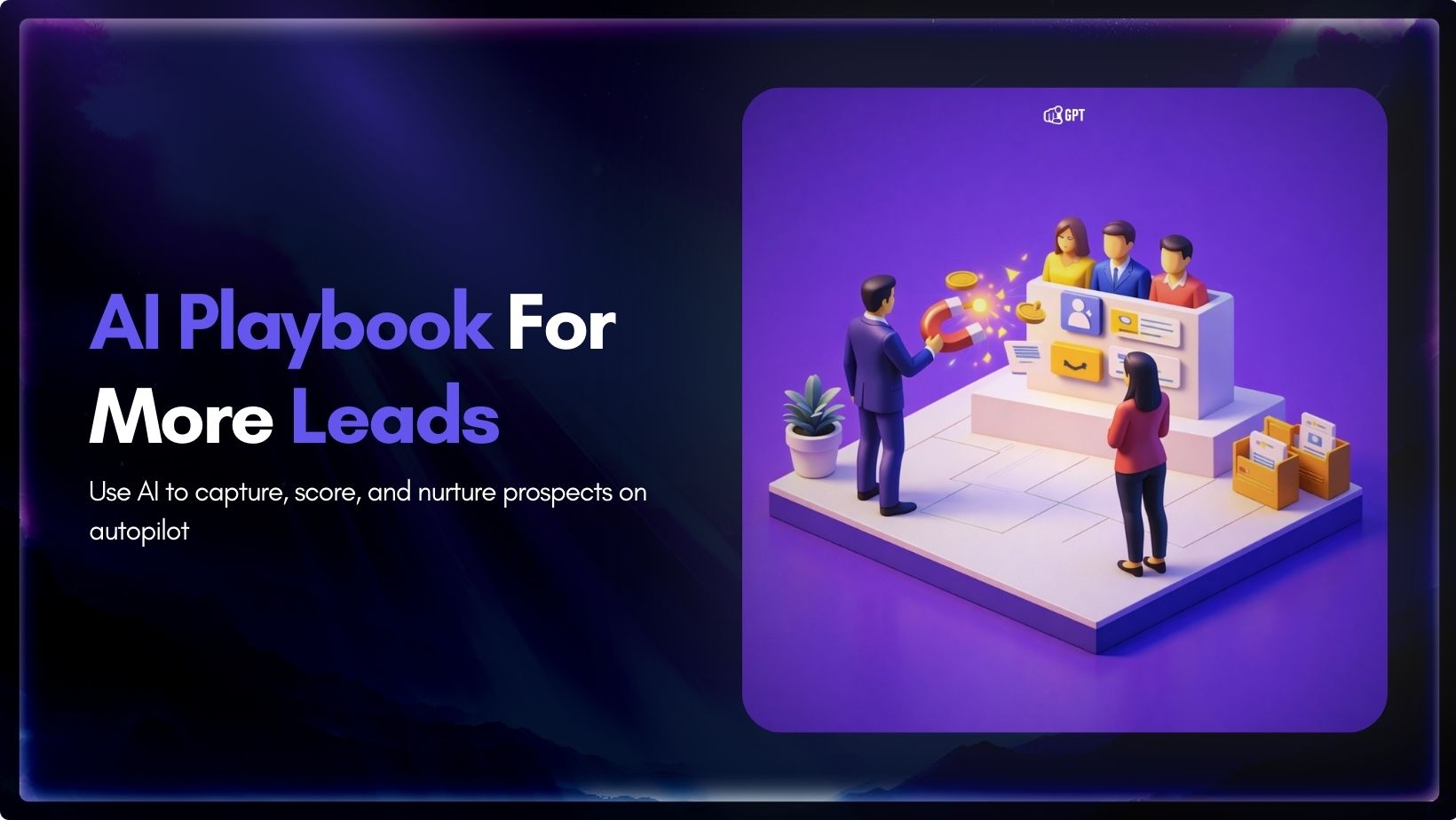
Most businesses do not struggle to generate leads. They struggle to know which ones are worth acting on. Forms get filled, DMs arrive, emails are opened, and chats happen across multiple tools. Some prospects convert. Most do not. The real problem is that there is no reliable way to tell, early enough, which signals actually […]

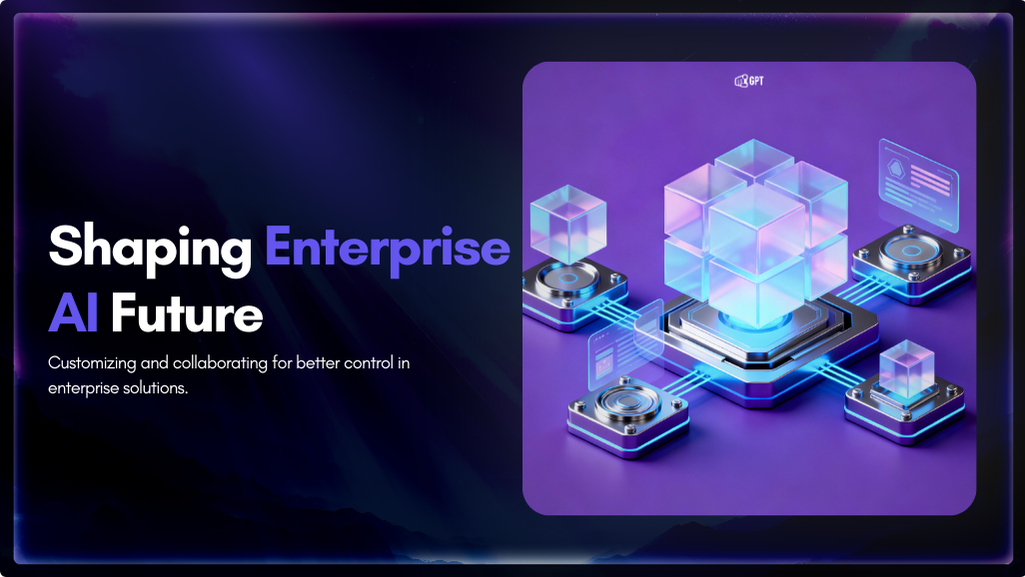
Artificial Intelligence has advanced quickly over the past five years, moving from an experiment to a standard component of modern business. AI has become a central part of enterprise strategy. 88% of organizations are now using AI. This figure has increased from 78% the year before. This transformation is reshaping how companies run, communicate, and […]

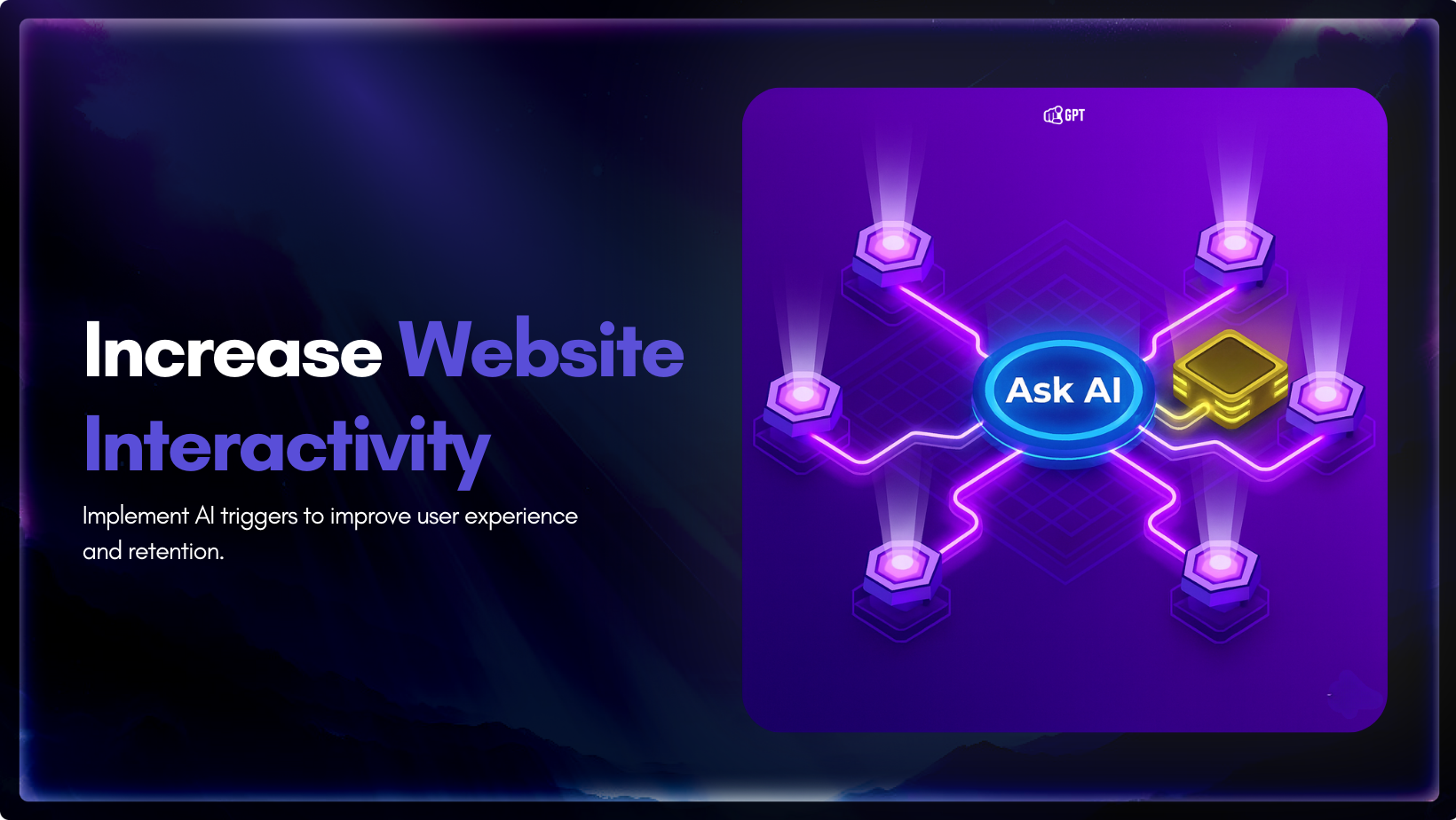
You invest time writing your website copy. You explain features, pricing, and how everything works. The information is there. Still, some visitors leave without clarity, and small gaps in understanding often stop them from moving forward. This happens because a static page cannot adjust to what they want at that moment. They skim a section, […]

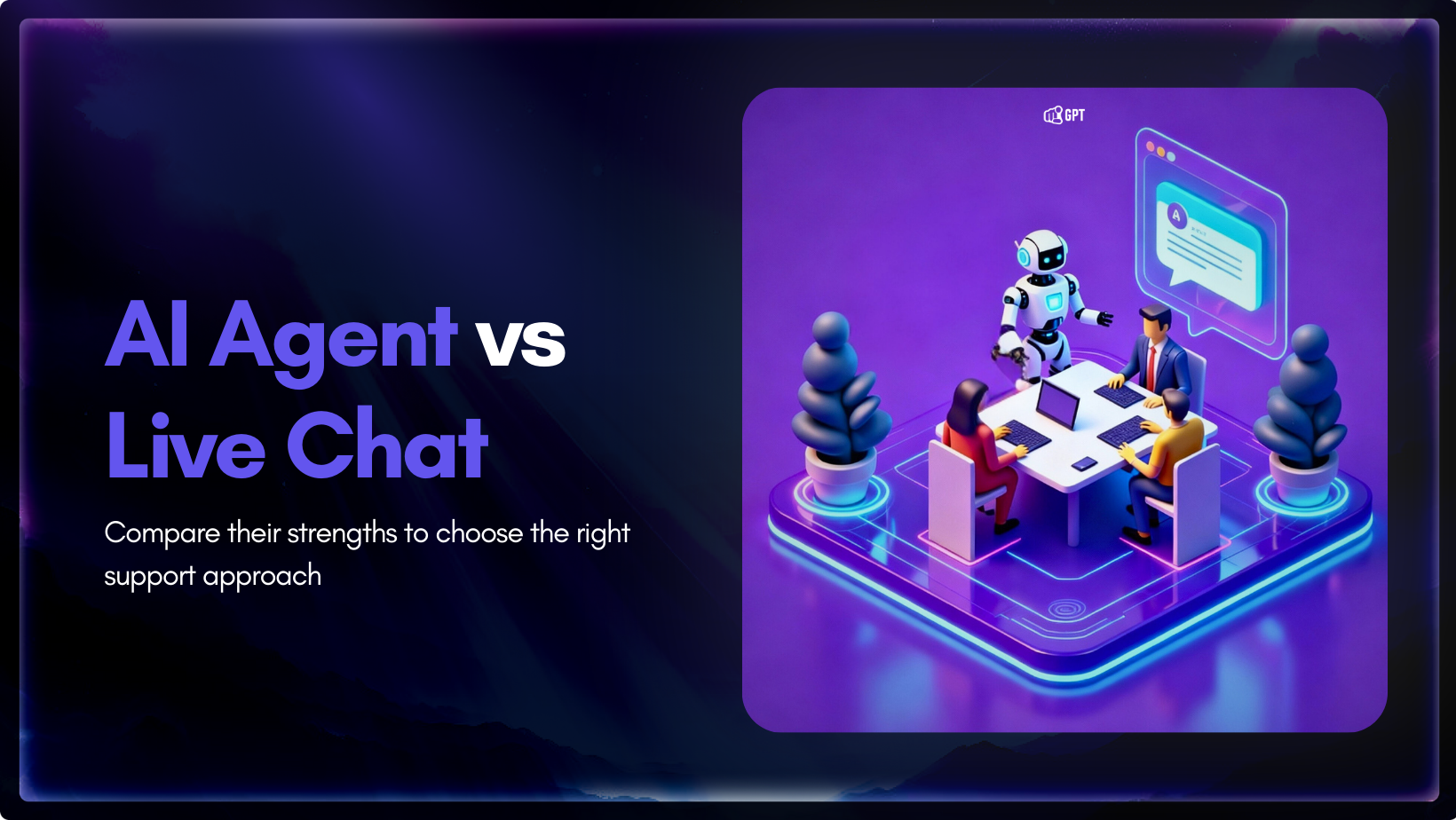
AI agent and live chat each play a different role in customer support, and the choice between them influences how a team handles growth. Companies are moving toward faster support models, and one clear trend is the use of AI to reduce operating costs by up to 30%. The difference shows up when ticket volume […]

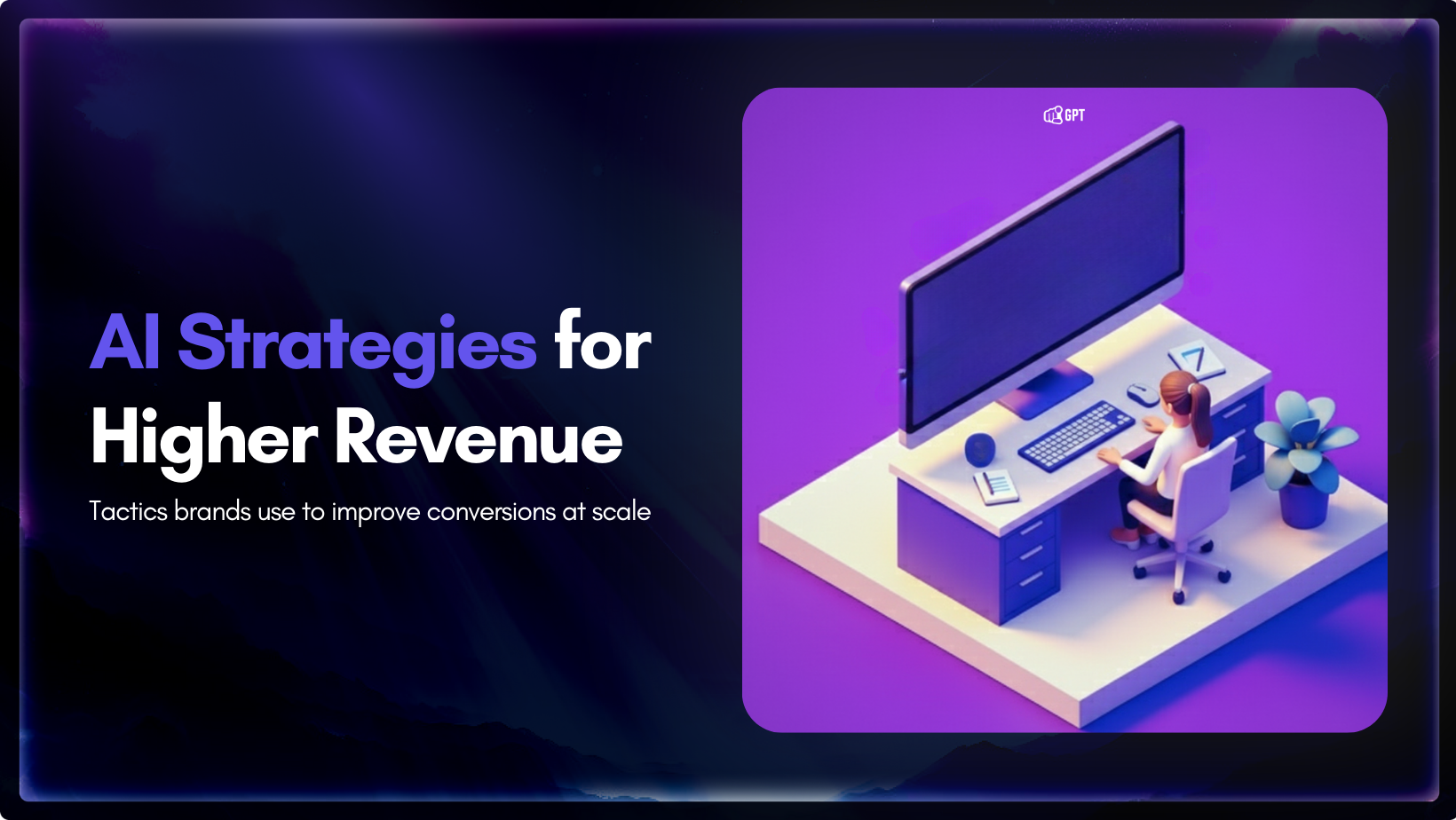
You have definitely heard about the use of AI in marketing. But have you ever seen or learned how it can actually drive revenue? Well, firms using AI in marketing and sales report significant benefits. According to a recent study by McKinsey & Company, revenue increases from AI show up most in marketing and sales, […]
